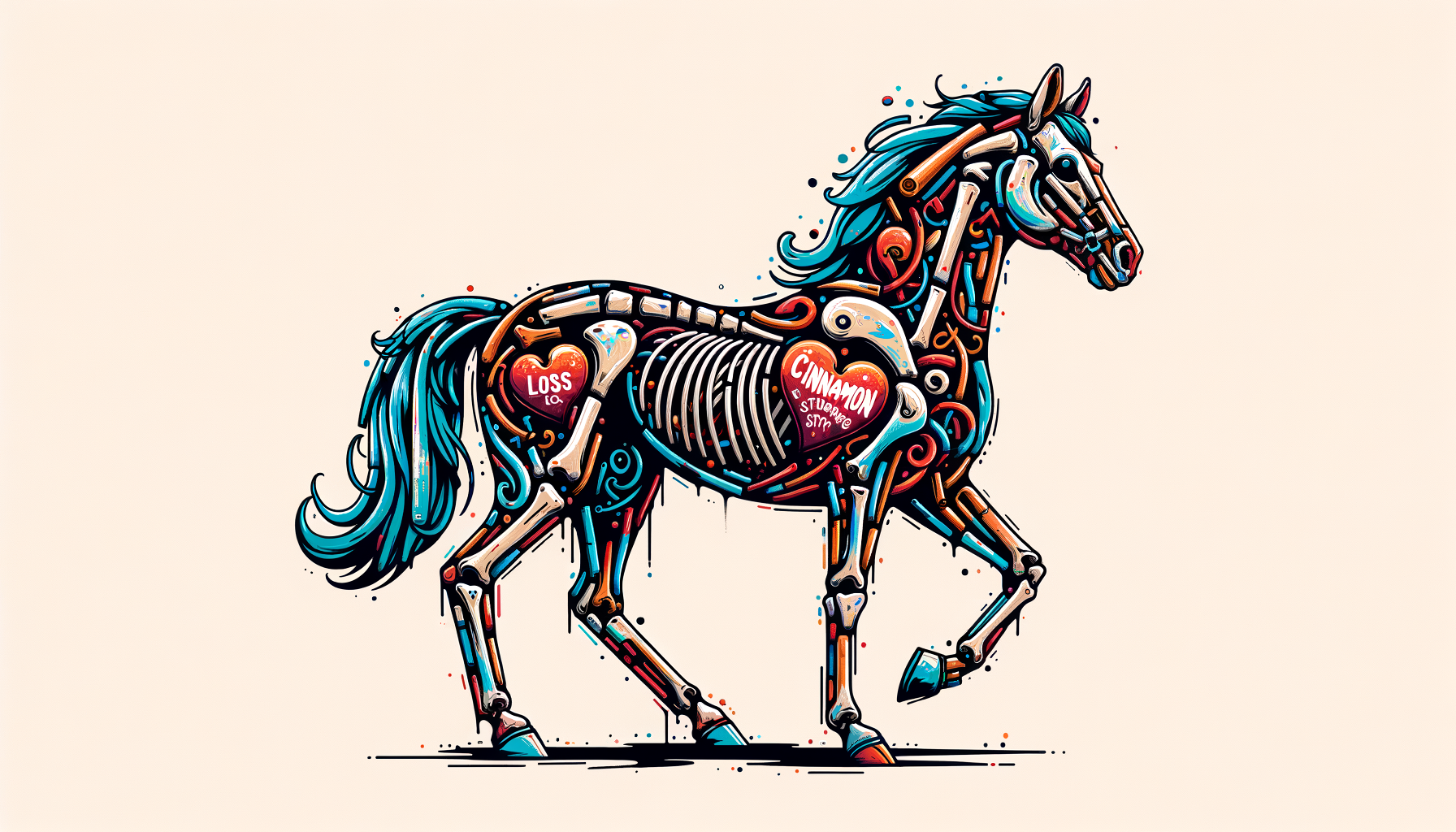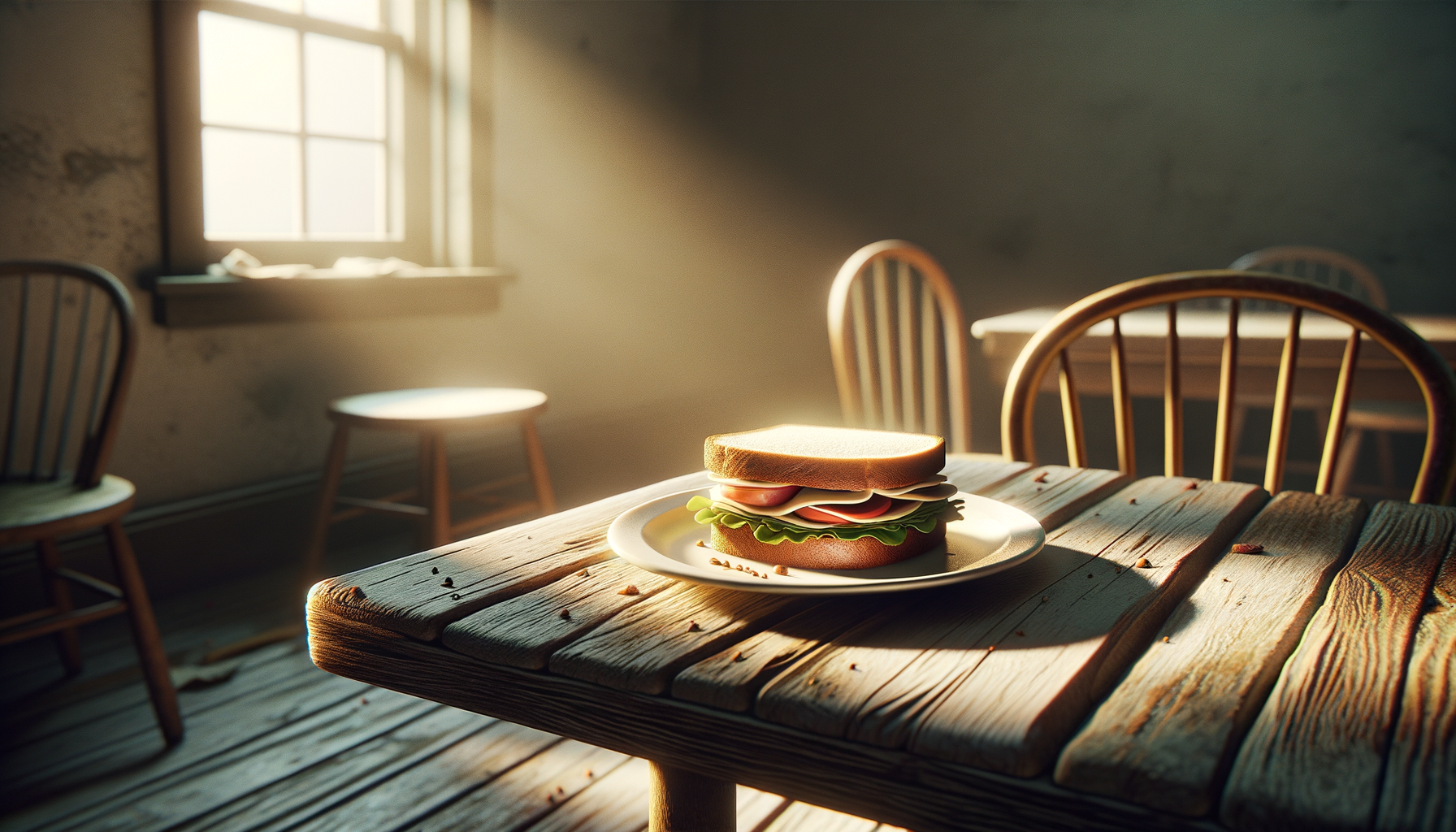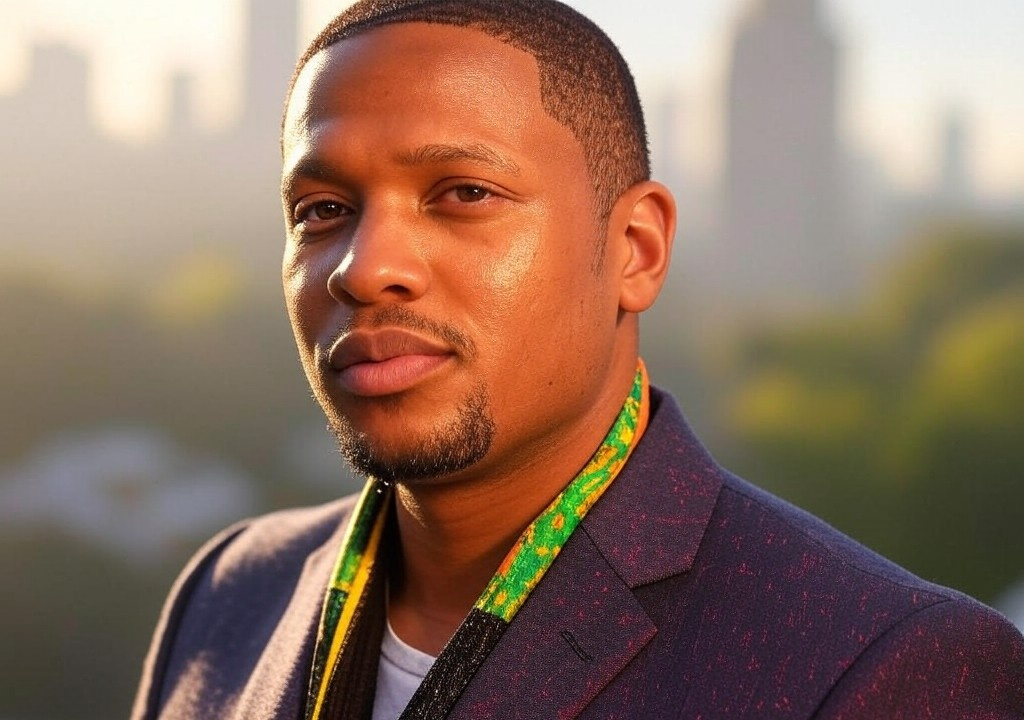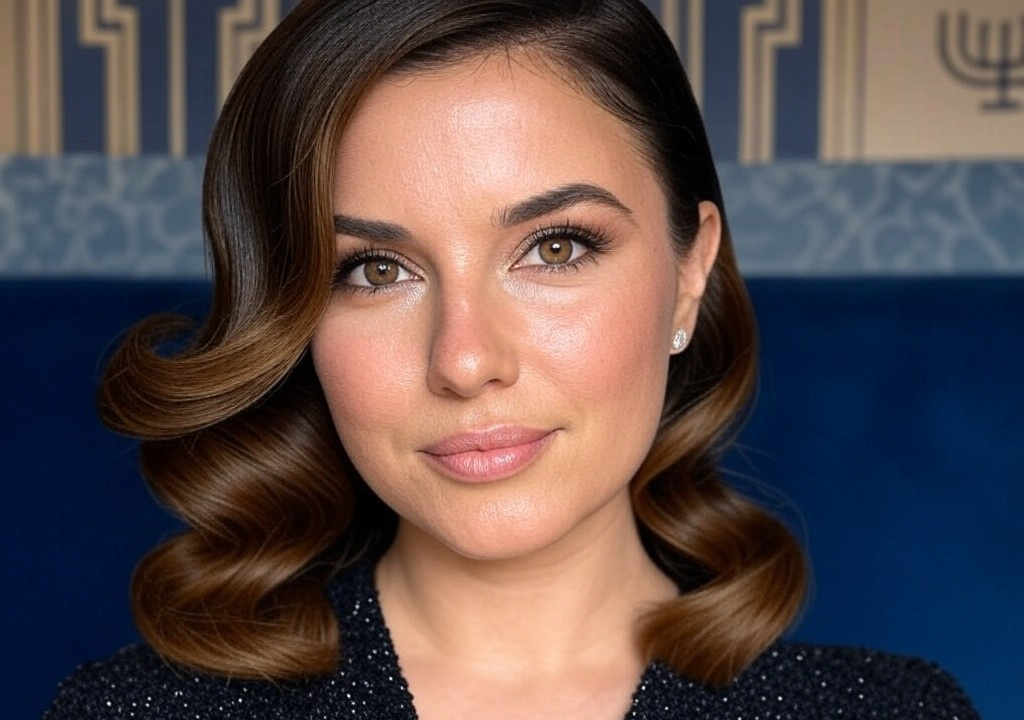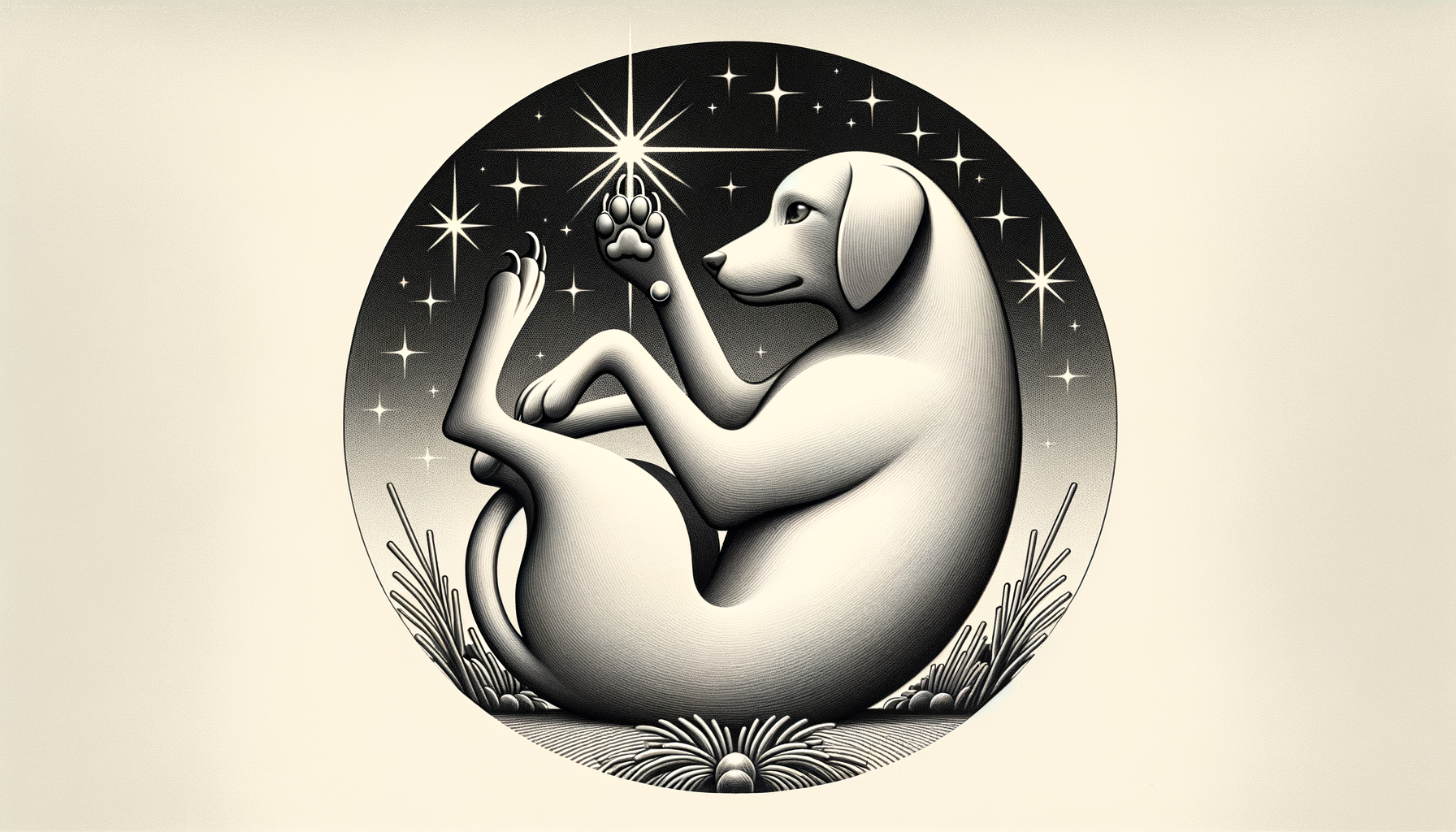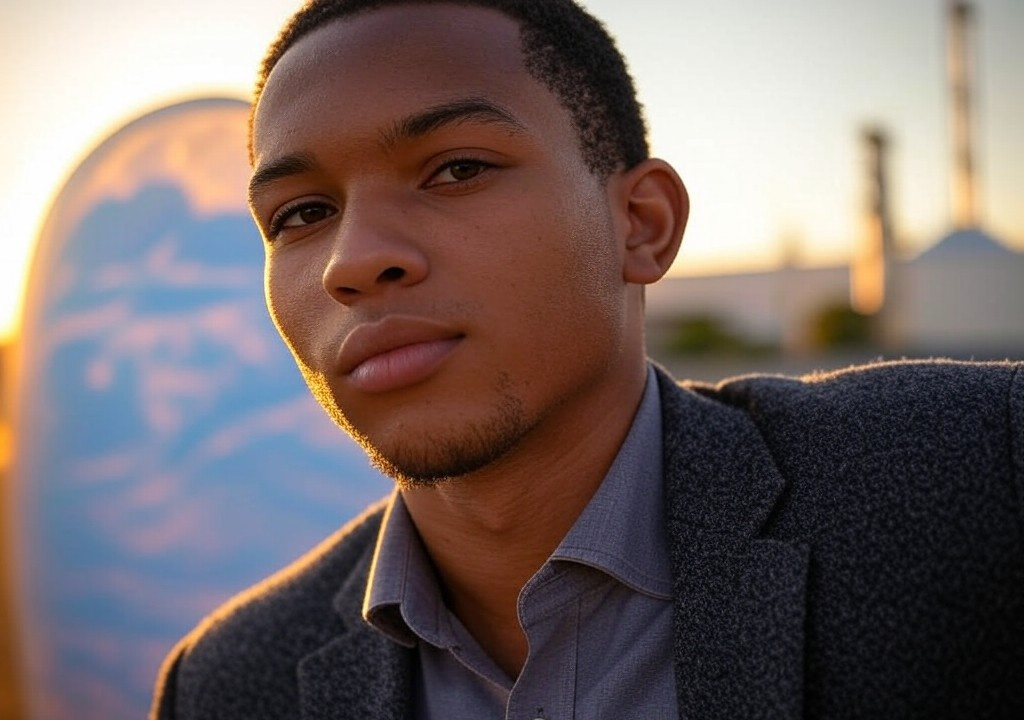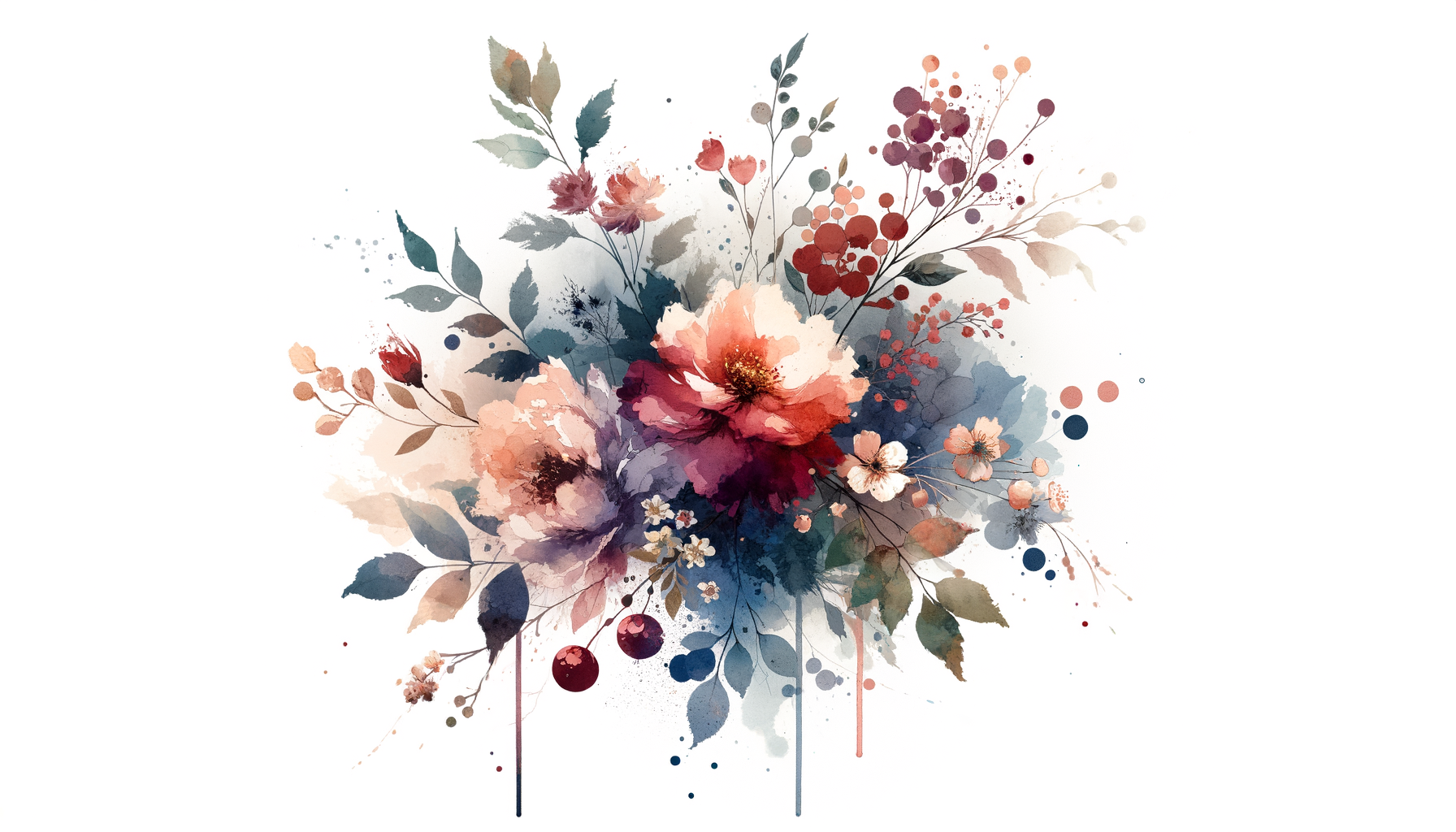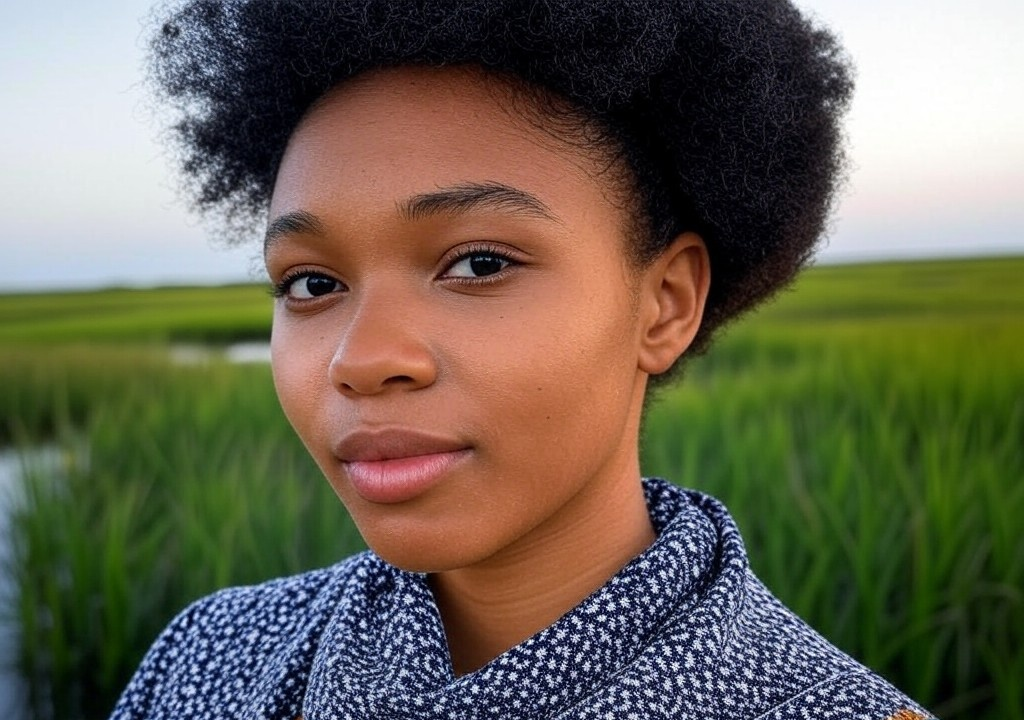It started with a horse named Cinnamon and ended with me crying into a bucket of overpriced ice cream in an Airbnb in Seattle. Let me explain.
Cinnamon was the first foal I ever trained on my own. She was also my first big failure. When you grow up on a ranch, you learn early to roll with punches. Livestock get sick; fences break during storms; tourists demand vegan accommodations in cattle country (and you figure it out). But in my teenage arrogance, I approached Cinnamon with the kind of unshakable confidence that only an 18-year-old with a couple of blue ribbons and a vague sense of destiny can manage. In my mind, I was practically a horse-whispering prodigy. Spoiler alert: I was not.
Instead, Cinnamon was the beginning of a years-long lesson in humility, resilience, and, surprisingly, relationships—with people, not just 1,200-pound animals. Because when you fail big, you either fall apart completely or find a way to glue yourself back together a little wiser.
Chapter 1: The Rodeo of Overconfidence
Training a horse is, in essence, dating on steroids. It requires mutual respect, patience, and the ability to understand boundaries. I went into the arena with Cinnamon thinking I’d be her alpha, her guide, her confidante. She’d trust me, and together, we’d achieve greatness. Much like someone entering their first “serious” relationship, I thought sheer effort would be enough. And much like a first-time love affair, it did not go as planned.
By day three, I was sitting on the dirt in the corner of the arena, nursing a bruised tailbone after Cinnamon decided my saddle wasn’t really her vibe. I tried to regroup, Googling solutions late into the night (on dial-up, no less) and badgering my dad for advice, but nothing seemed to work. Cinnamon had decided she didn’t like me, and no amount of carefully worded instructions or gentle nudges could change her mind.
Looking back, I can see exactly where I went wrong: I assumed the relationship was all about me. I wanted to be the perfect trainer so badly that I didn’t stop to think about what Cinnamon needed from me. Sound familiar? In relationships, it’s easy to get caught up in what you’re giving without noticing whether you’re giving what the other person actually wants.
Chapter 2: Graciously Eating Dirt
Fast-forward six years, and I was sitting in that Seattle Airbnb, recovering from what I can only describe as the human version of my Cinnamon failure—my first really bad breakup. He was a guy I met at one of those trendy downtown bookstores that also sells lattes with cryptic latte art, the sort of place where people wear beanies indoors and look like they’ve read every Murakami novel twice. I fell hard. He quoted Wendell Berry; I made him elk sausage from scratch. For a while, it seemed like we were riding off into the proverbial sunset.
Except, of course, we weren’t. Because once again, I’d ridden into the relationship full of big plans—moving in together, backpacking the Bob Marshall Wilderness, one day introducing him to the horses back in Montana—without slowing down to ask whether that’s what he wanted. By the time he diplomatically ended things over burritos, I realized I’d been so focused on the “we” I’d envisioned that I was blindsided by him saying, “I think we’re just too different.”
He wasn’t wrong.
What I failed to understand with Cinnamon—and again in that relationship—is that you can’t strong-arm someone (or something) into trusting or loving you. Trust is built in micro-moments: a steady hand on the reins, a well-timed joke, small kindnesses that pave the way for bigger connections. The relationship I had with that guy (let’s call him Latte Beanie Murakami Bro) wasn’t built on those micro-moments. It was built on expectations I’d placed on us before we even finished our coffee.
Chapter 3: Lessons in Failing Forward
Here’s the good news about epic failures: They’re excellent teachers. Once you get past the initial sting of losing a horse’s respect—or, you know, getting dumped after you’ve already mentally planned your pack list for future camping trips—you start to sift through what went wrong. For me, both experiences taught me three big lessons that I carry to this day (and not always gracefully).
-
Listen More Than You Lead
Whether you’re staring into the soulful eyes of a horse or sitting across from someone at dinner, connection starts with the ability to listen. Like, really listen—not the kind where you’re just waiting for your turn to talk. I didn’t listen to Cinnamon’s cues that she needed a slower pace. I didn’t listen to the subtle ways Murakami Bro told me he wasn’t ready for the serious connections I was envisioning. Since then, I’ve learned to take a step back and genuinely consider what the other party’s trying to tell me, whether it’s through words, actions, or body language. -
Start Small, Build Big
After Cinnamon kicked me out of the saddle, I thought I was a terrible trainer. In reality, I was just trying to rush the process. I’ve since learned the value of starting small: introducing myself to new horses with just a few minutes of groundwork each day or starting a new relationship by focusing on presence instead of daydreaming about backpacking trips five summers down the road. Small steps lead to big progress. -
Fail Kindly (to Yourself and Others)
Mistakes happen, and sometimes relationships just don’t work. But equating failure with personal inadequacy is like blaming the weather for ruining your picnic: unproductive and exhausting. After Cinnamon, I learned to dust off my jeans and try again. After Seattle, I let myself mourn over the ice cream, but I’ve since found strength in the understanding that failure is often a redirection—not an ending.
Chapter 4: From Failure to Foundation
When I finally got back in the arena with Cinnamon, I didn’t lead with expectations. I started by rebuilding our trust: standing in her stall while she sniffed me with what I can only describe as horse skepticism, bolstering my confidence one inch at a time. It took months, but eventually, we found our rhythm. She never became the prize-winning show horse I’d imagined in high school. But she became something better: a partner who taught me that patience, respect, and adaptability almost always outweigh big, lofty plans.
The same goes for relationships. Whether it’s a nervous first date or a decades-long partnership, failure isn’t the finale unless you let it be. If you can pull yourself off the metaphorical dirt, brush off the disappointment, and lean into the lessons, you might just walk away a little braver, a little wiser, and a lot more ready to try again.
So here’s the moral of the story: Cry into the ice cream bucket if you need to. Eat the whole darn pint. But know that Cinnamon (and this Montana girl) believe you’re stronger than you give yourself credit for.



